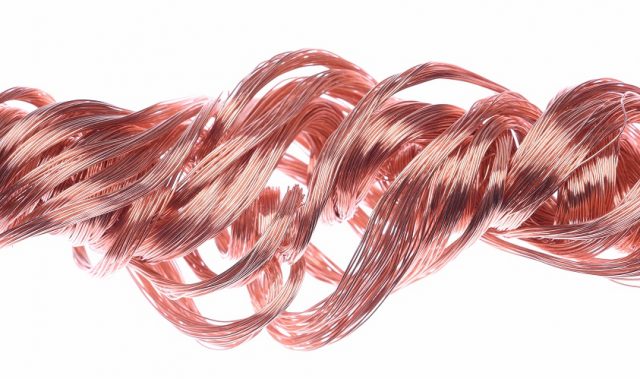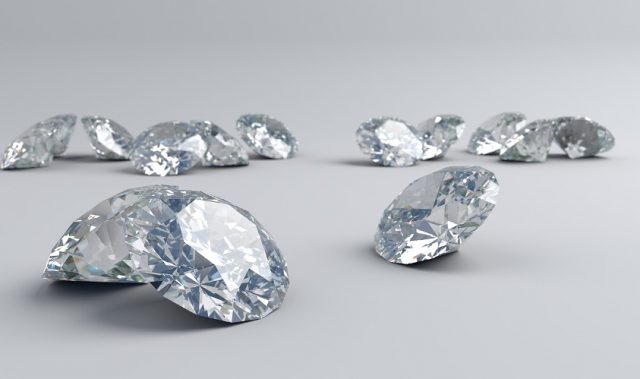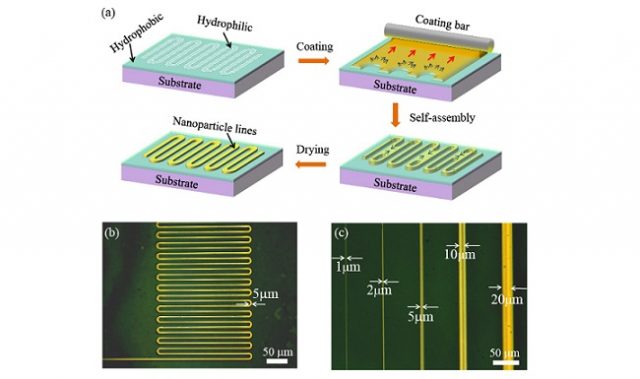
AsianScientist (Sep. 5, 2014) – Researchers in Japan have discovered a way to reduce friction between two surfaces simply by changing the crystal preferred orientation of the surface coating. These findings have been published the journal Tribology Letters.
Friction is not only responsible for the wearing out of machinery, but also for a great deal of efficiency and energy loss, particularly in vehicle motors. In such cases, friction leads to higher fuel consumption and higher costs associated with more replacements; problems which could be addressed through tribology, the study of how surfaces interact. However, friction is still necessary; for example, vehicle brakes would cease to function if friction were removed from all components. The trick then, is to find the appropriate level of friction for each component’s purpose.
Conventional methods of reducing friction involve using various coatings, modifying the surfaces of the materials themselves, or providing a lubricant to reduce or eliminate surface contact between the components. Unfortunately, these methods are also subject to the conditions of the application; there is often a trade-off between the various factors such as structural, temperature, and chemical stability (i.e. resistance to corrosion from the environment). Traditional methods of testing therefore involve a large number of experiments, running over extended periods of time.
It has been found, however, that changing the crystal preferred orientation on surfaces result in significantly varying levels of friction when rubbed against another surface. Using this principle, a research team led by Dr. Masahiro Goto from the Nano-Electronics Materials Unit, International Center for Materials Nanoarchitectonics (MANA) and National Institute for Materials Science (NIMS), conducted a series of experiments involving different crystal orientations of zinc oxide (a coating tested and found to have low friction under vacuum, oil and air conditions) on a single surface.
By increasing the load along the length of a wear track and analyzing the surface crystallography using X-ray diffraction, the researchers were able to show that crystal preferred orientations located along the same wear track produced lower levels of friction at particular loads.
This method of altering friction levels through the crystal preferred orientation could not only lead to practical applications but also be useful in future experimental settings. The advantage of using multiple crystal orientations on a single surface is that it allows testing for a variety of factors in a single experiment, thereby accounting for a range of applied loads as well as surface conditions (i.e. the crystal preferred orientations). This reduces the number of tests required in tribological evaluation of such coatings, thereby increasing the efficiency of such experiments.
The article can be found at: Goto et al. (2014) Frictional Property Depended on Crystal Preferred Orientation Analyzed by a Combinatorial Technique.
——–
Copyright: Asian Scientist Magazine; Photo: National Institute for Materials Science.
Disclaimer: This article does not necessarily reflect the views of AsianScientist or its staff.












